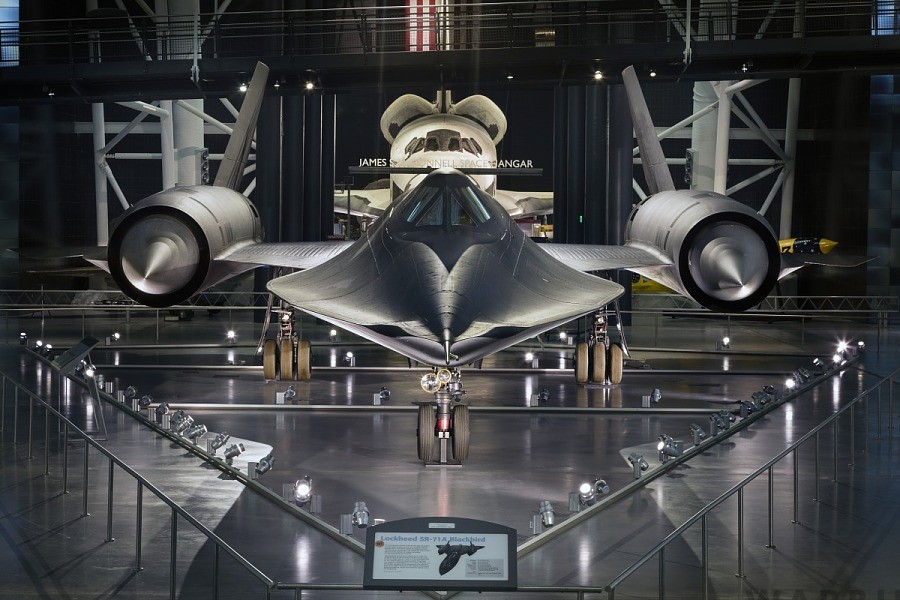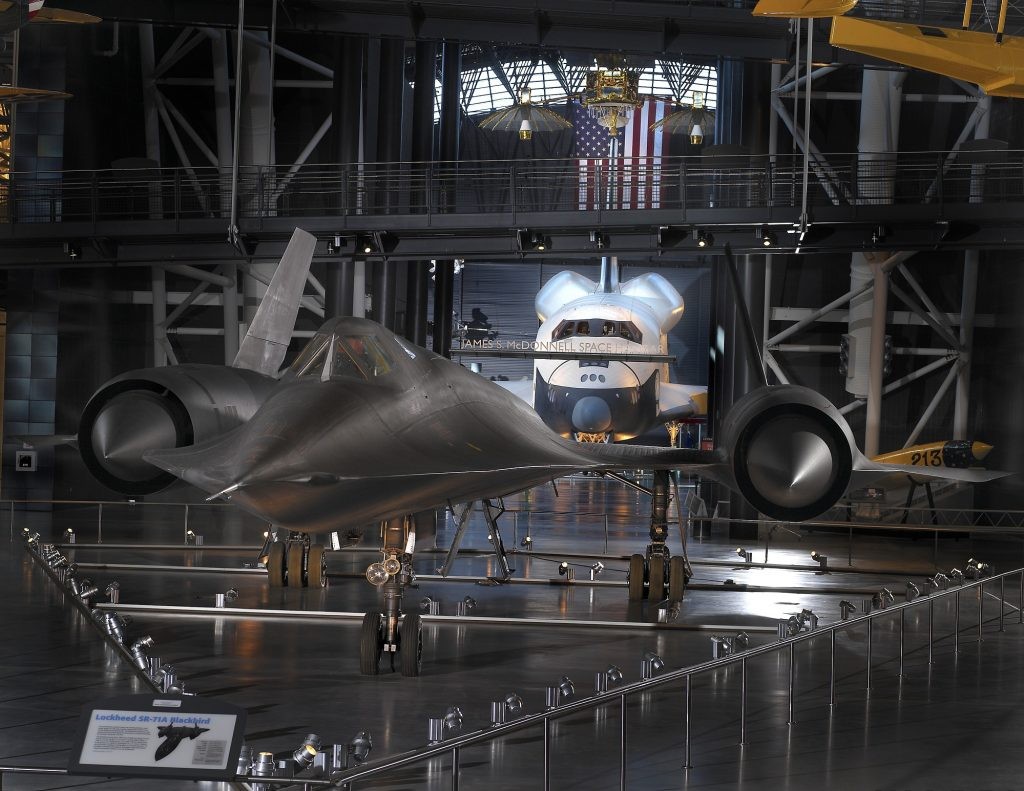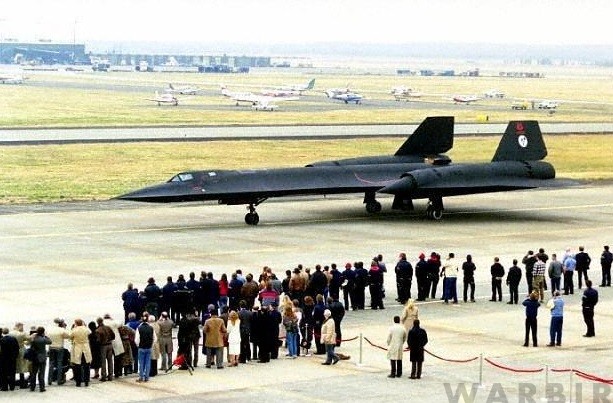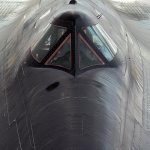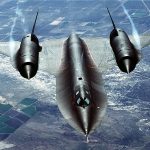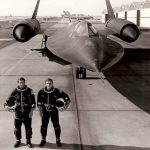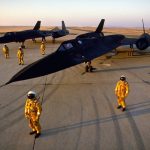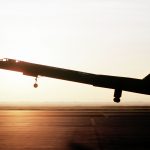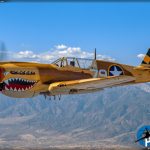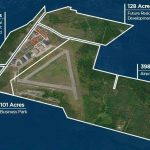by Bryan R. Swopes of This Day in Aviation
On September 1, 1974, Major James V. Sullivan, USAF, Pilot and Major Noel F. Widdifield, USAF, Reconnaissance Systems Officer, set a Fédération Aéronautique Internationale (FAI) World Record for Speed Over A Known Course when they flew Lockheed SR-71A-LO 61-7972 from New York to London in 1 hour, 54 minutes, and 56.4 seconds. They averaged 2,908.026 kilometers per hour (1,806.964 mph). Their 1,806-mph flight still holds the transatlantic speed record between the two cities.
Following the end of the Farnborough Air Show, where the SR-71 was on display outside the United States for the first time, it set another record on the way home. This time the spy plane flew from London to Los Angeles, a distance of 5,446.87 miles in just 3 hours, 47 minutes, and 39 seconds. That flight required two refueling slowdowns, as well as other speed zones, when flying over major U.S. cities.
No reconnaissance aircraft in history has operated globally in more hostile airspace or with such complete impunity than the SR-71, the world’s fastest jet-propelled aircraft. The Blackbird’s performance and operational achievements placed it at the pinnacle of aviation technology developments during the Cold War.
Blackbird 61-7972 accrued about 2,800 hours of flight time during 24 years of active service with the U.S. Air Force. During its final flight on March 6, 1990, Lt. Col. Ed Yielding and Lt. Col. Joseph Vida set a speed record by flying from Los Angeles to Washington, D.C., in 1 hour, 4 minutes, and 20 seconds, averaging 3,418 kilometers (2,124 miles) per hour. At the flight’s conclusion, they landed at Washington-Dulles International Airport in Chantilly, Virginia and turned the airplane over to the Smithsonian’s National Air and Space Museum (NASM).
From 1991 until September 2003, ‘972 remained in storage at Dulles International Airport in a building specifically constructed for the aircraft. There, NASM representatives kept the aircraft under strict surveillance, regularly adjusting humidity levels to ensure the best possible preservation conditions. SR-71A 61-7972 now takes pride of place in NASM’s Steven F. Udvar-Hazy Center which opened on the grounds of Dulles International Airport in December, 2003. The aircraft is, without doubt, the best-looking of the remaining SR-71s, along with SR-71A 61-7976 which is preserved at the National Museum of the U.S. Air Force in Dayton, Ohio.
For more aviation anniversaries please visit www.thisdayinaviation.com







